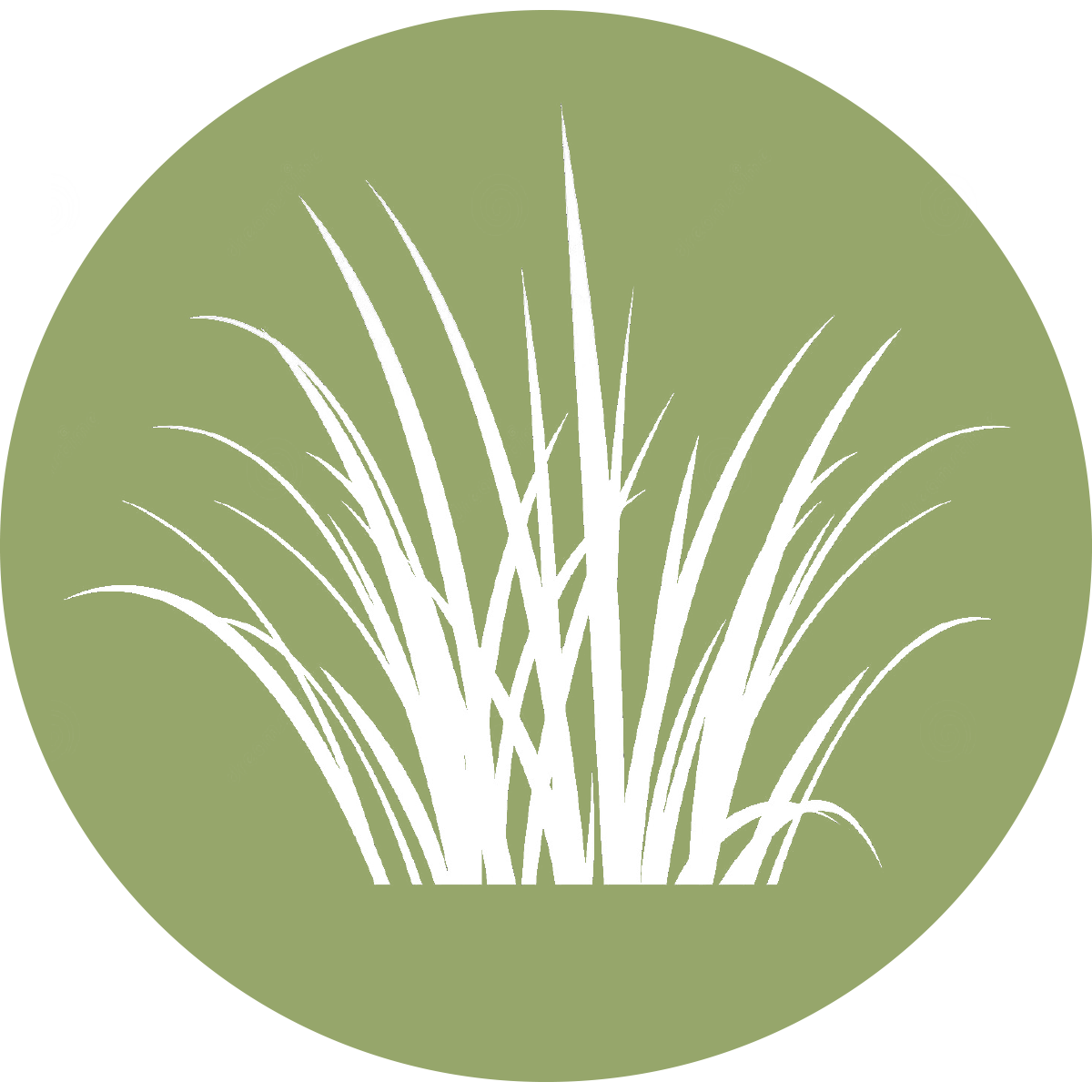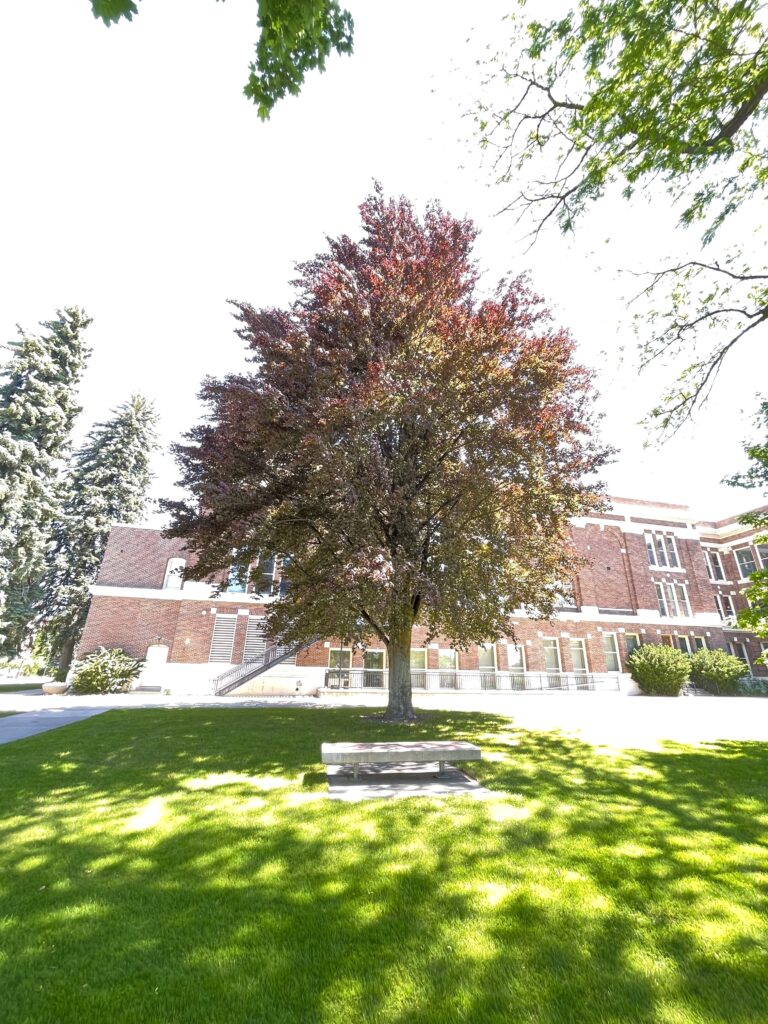Principle 1: Promote Education, Demonstration, Experimentation, and Involvement
The campus landscape will serve as a classroom, laboratory, demonstration, and collaboration space. Campus landscapes should be utilized for teaching and research as they allow students, faculty, and staff to practice their expertise and contribute to the body of University research. Outdoor environments should be well-equipped to facilitate daily interactions between all groups. Connections are made within these spaces, and ideas are shared. Students, faculty, and staff should be actively involved in implementing the campus landscape. They should be encouraged to collaborate and consult with designers and staff in all project planning, preparation, installation, and maintenance phases. Students, staff, and faculty who are invested in and engaged with the campus landscape are more likely to maintain, defend, and support the implementation and maintenance of resilient and sustainable practices.
 Principle 1
Principle 1